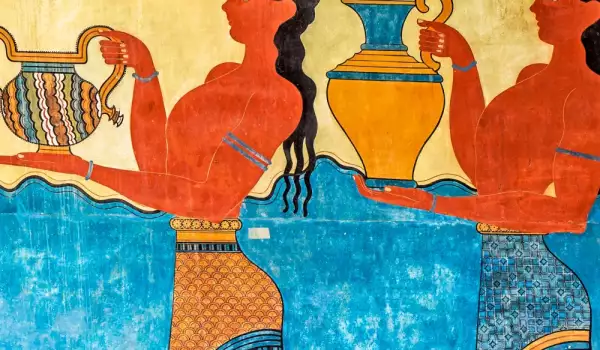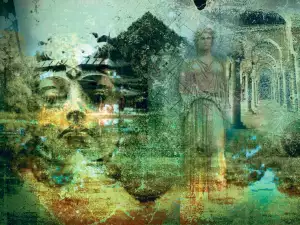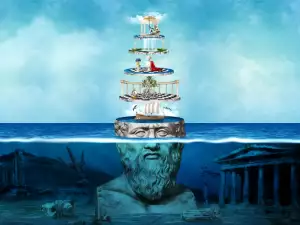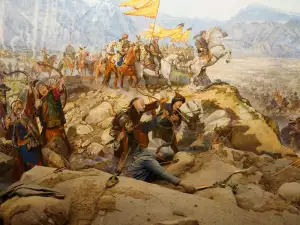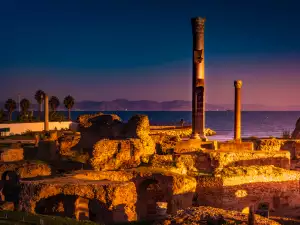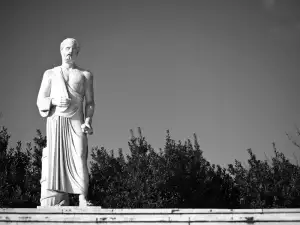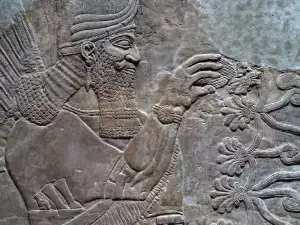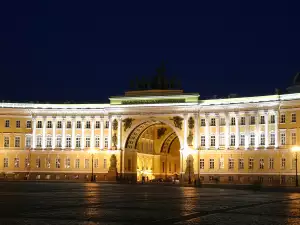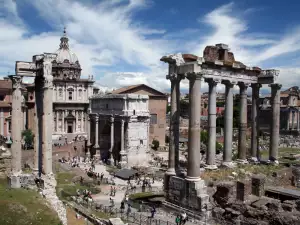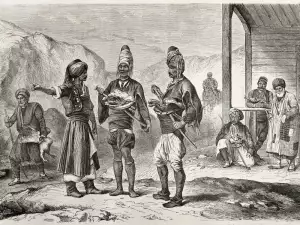The largest Greek island, Crete, was the birthplace of the first European civilization. No one knows where the ancient inhabitants of the island came from, nor even how they called themselves. Today, history recognizes them as Minoans, their name coming from the legendary island ruler from Greek mythology - Minos.
The civilization on the island of Crete existed between 2800 and 1150 BC. At the height of their power, the famed glory of the Cretans spread across the entire Mediterranean. They were skillful merchants, craftsmen and builders. The aristocracy lived in untold luxury. The king of Crete was at the same time the high priest. He was more highly revered than the Egyptian pharaohs and exuded a divine aura to his subjects.
Entire complexes of palaces were built on the island, the largest of these being the one in the capital of Knossos. Its magnificence was the peak of architectural ingenuity and represented an engineering achievement that would not be matched for centuries on end by the other peoples of the Old World.
The ancient Cretans were called the "teachers of the Greeks". Proof of the Minoan civilization's strong influence over the peoples inhabiting the continental part of Greece are the legends about Crete seen in mythology. The most famous of these was the legend of the Minotaur in the labyrinth in Knossos.
The culture that the Cretans founded influenced the majority of the peoples in the Mediterranean basin. Their script, known as Linear A, is the oldest European alphabet, which served as the basis for the Greek and Latin writing systems.
Ritual bull leaping was highly popular on the island. But unlike modern corrida, only young girls participated in the Cretan rituals by going out into the arena and dancing around the infuriated animals.
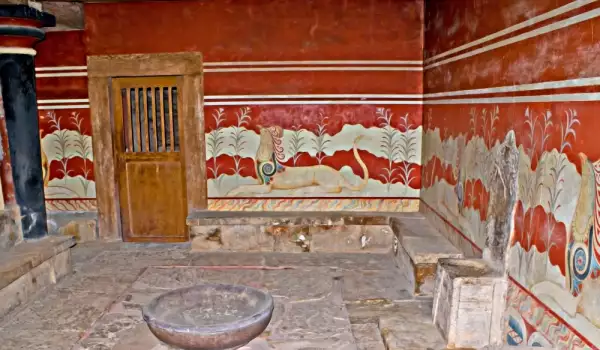
The end of the Cretan civilization came when it was at its peak. The eruption of the volcano Thera on the nearby island of Santorini, followed by an earthquake and huge tsunami waves wreaked havoc across the island.
The latest research indicates that around 1150 BC the Cretan capital of Knossos was the largest city in Europe with a population of about 90 000. But with the eruption of Thera, the city was destroyed and no more than 2000 people remained in it.
The Cretan kingdom never managed to recover from the environmental disaster and was soon destroyed by Achaeans from Mycenaea, who at that time had conquered a great part of continental Greece.
The Cretan civilization fell into obscurity and was rediscovered for the world by famous archaeologist Arthur Evans in 1920. Because of the incredible significance of their culture, Evans's contemporaries considered the Cretans the 1st Europeans.
